This is the final volume of the minor writings and articles of Lokesh Chandra. The first is a study of Sanskrit hymnology in China, Korea and Japan from the early centuries preceding the Christian era. The nomenclature of psalmody, the trickling of music from NW of India as the Maha Tukhara raga (Chin. Mo-ho-tou-le) which was brought to China by the Han envoy Chang Ch’ien around 126 BC, and the compositions of Prince Ts’ao Chih (192-232) of the Wei dynasty are the glorious beginnings of Sanskrit and Buddhist psalmody in China. It flourished over the centuries. In the fourth century the music of Kucha became the basis of West Liang music. The references to music in Vinaya and in several other texts have been indicated in chronological sequence of their Chinese translations. The first Korean musicians arrived in Japan in 453. Goddesses of music and dance are represented on the walls of Tunhuang. In 568 Sujiva of the royal family of Kucha introduced the seven notes (sadharita, kaisika, sadja, sadja-grama, sadava, pancama, vrsabha) at the Chinese court. The ‘Ten Books of Music’ edited in the Zhenguan period (637-642) have a book on ‘Indian Music’. From the eighth century onwards, Buddhist music gained full development in Japan. In 752 Indian dance and music was introduced from Champa, including dances of the Bodhisattva, Pedu (the Horse in the Rgveda), Kalavinka, Bhairava, Amba and so on. The oldest surviving musical notation is written on the reverse of a scrap of paper which is a receipt dated 26 July 747. The music of the Singon, Tendai, Hosso, Jodo, Shin, Zen, Nichiren and Yuzu-nembutsu sects has been outlined. Buddhist music in contemporary China, Korea and Japan serve to complete the picture. The musical theory and notation with examples from twelfth century manuscripts, vocal technique and finally texts set to psalmody are detailed. The hymns sung are in Sanskrit, Chinese and Japanese. Bugaku accompanying bombai in the Buddhist monasteries is followed by the lineage of shomyo music from Nagarjuna of the Tantras (7th century) down to the present day Japanese musicians. The repertoire of Sanskrit hymns is given in Siddham, and Chinese transcription with musical notation. The Mangalagatha is treated at length. The second chapter is on the cultural interflow between India and Japan. It is followed by a new evaluation of the concept of Devaraja in Cambodian history by an intensive scrutiny of the Cambodian inscriptions, Rajasuya rites in the Rgveda and its Aitareya-Brahmana, and the Indrabhiseka in the Thai classic Trai Phum. The fourth article is on Kosa, the golden vesture of the palladium in Champa. A new interpretation of the seven inscriptions of King Mulavarman of Indonesia affords a fresh approach to the theory of the SE Asian State. Technical terms like jaladhenu and akasadipa occurring in the inscriptions have a new orientation. The meditative architectonics of the Borobudur in the light of the Abhidharma-kosa and other Buddhist sutras bring clarity and more specific correlation of the three realms (tri-dhatu) and the monument. The symbolism of meditational structures and their threefold classification clarifies the nomenclature of the Borobudur as a Sumeru. The Saiva renaissance under King Sindok and his successors and the translation of Mahabharata under King Dharmavamsa Teguh are crucial to the history of East Java. At the end, five Tibetan texts on Ganesa, beginning with a sadhana by Atisa, are reproduced. The first patriarch or Bandido Hambo Lama of the Buryat Buddhists from 1766 to 1777 was Damba Darja Jaya-yin. Short manuscripts in Tibetan containing his biographies end the volume.

Cultural Horizons of India (Volume 7)
In stock
Free & Quick Delivery Worldwide
reviews
Bibliographic information
Title
Cultural Horizons of India (Volume 7)
Author
Edition
1st ed.
Publisher
ISBN
8186471170
Length
viii+407p., Plates; Index. 28cm.
Subjects

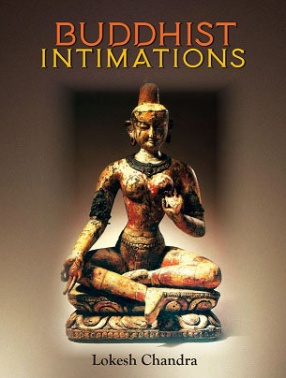
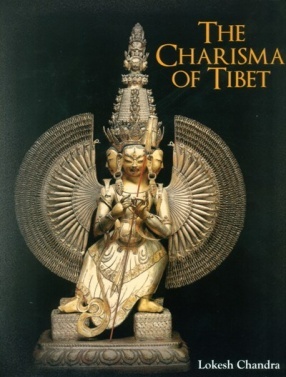
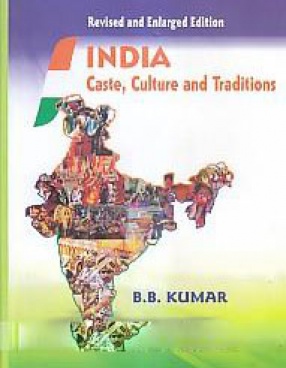
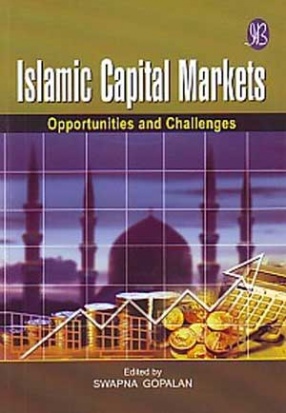
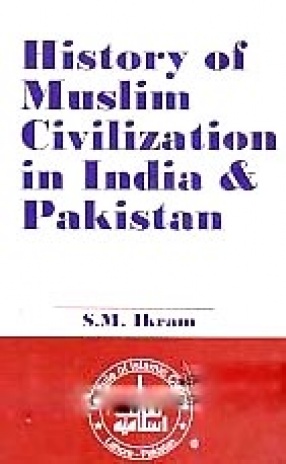
There are no reviews yet.